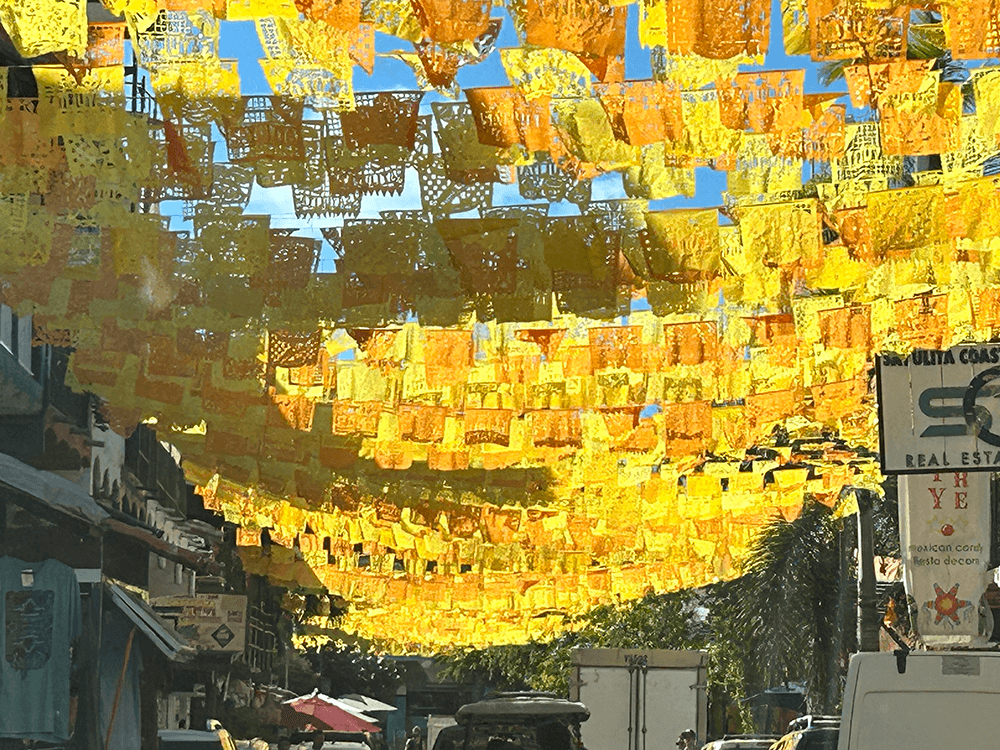
“It’s easy,” I was told of the San Diego/Tijuana’s CBX (Cross Border Xpress). As a San Diego resident, what I remember was a long ago flight from this Mexican border town which was preceded by a search for the long-term dirt parking lot then a taxi to the neighboring country’s airport.
Even now ten years later, I was skeptical.
Fast-forward to the 2020s. Debuting in 2015, I only recently experienced CBX – a 390-foot-long enclosed sky bridge spanning the US/Mexican border connecting a terminal in San Diego to Tijuana International. Since then, 20 million passengers have crossed – a total I joined after navigating America’s only bi-national airport at one of busiest border crossings. The benefits were evident – moderately crowdless, effectively convenient and comparatively cost-effective (sometimes 30 to 50 percent lower fares than from other Southern California airports to the many Mexican destinations served via Tijuana).
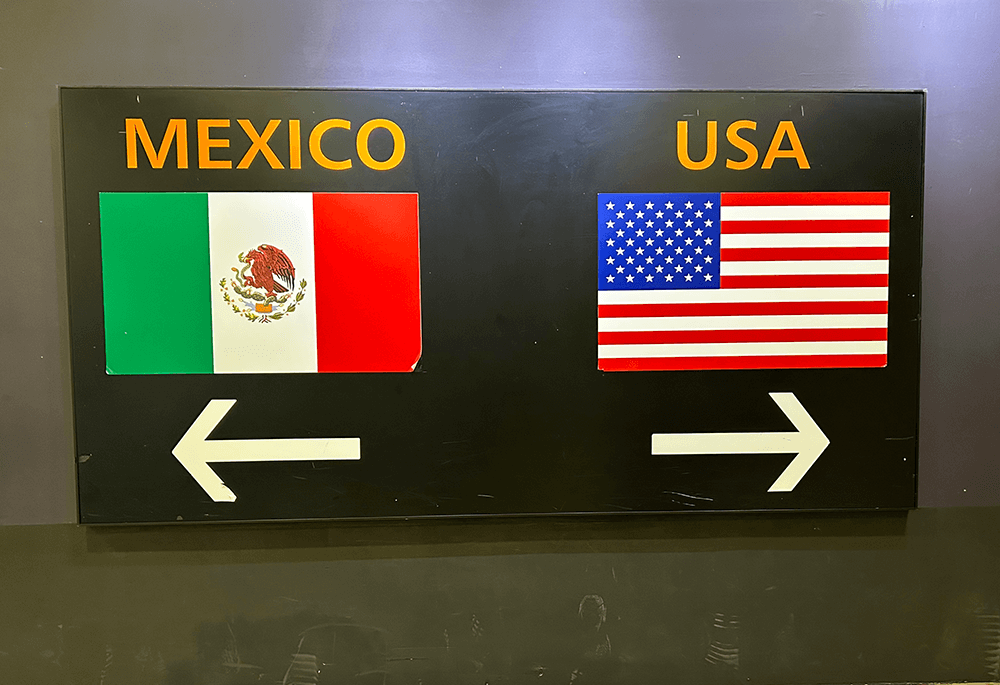
Upon entering the terminal, décor in shades of brilliant purple and hot pink announced the proximity to Mexico. Opened 24/7, parking was ample. And though Lot A was closest to the entrance, valeting my vehicle launched the adventure in style.
The drill. With a valid passport, boarding pass and a completed Mexican immigration form (called a FMM, this document was also required for the return), a CBX ticket was dispensed from one of the self-issuing machines at the terminal’s entrance, with on-site assistance available at every turn. Before entering the border bridge, it was necessary to scan the CBX ticket and boarding pass. When arriving to the Mexican Immigration Point at the end of the bridge, my passport, boarding pass and the completed FMM form were again requested; and from there, I proceeded as one would in any around-the-world airport – from checking luggage to passing through security. Tip: Critical to ensuring the simplicity of this departure-and-arrival-via-CBX procedure was to keep all of the above-mentioned documents together and readily accessible.
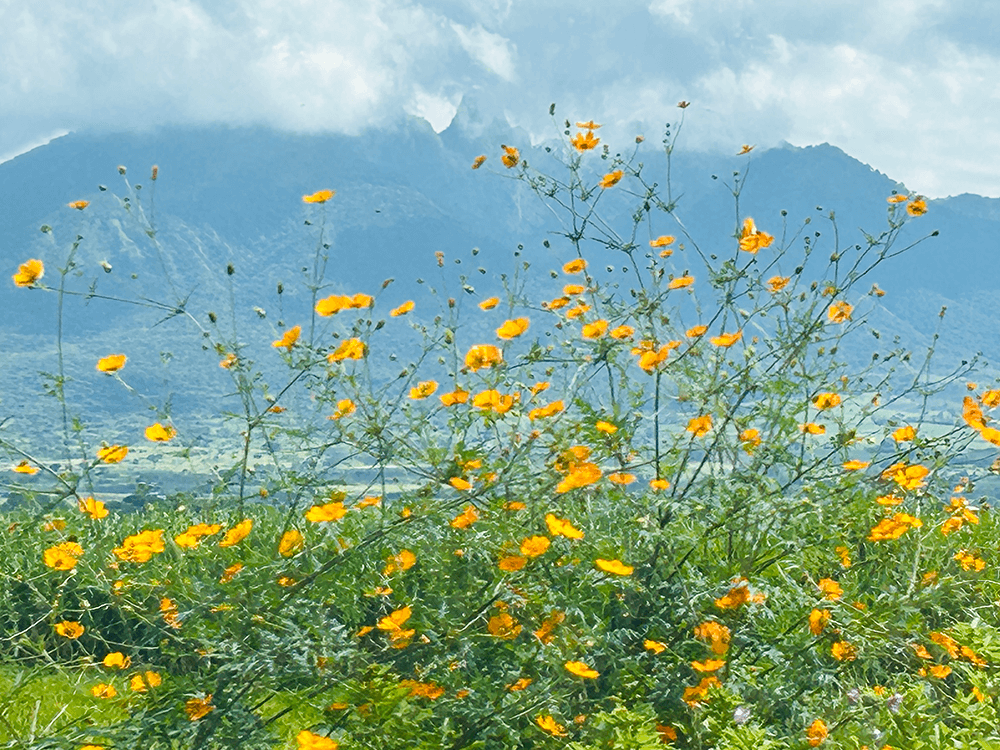
By mid-morning I was within the Mexican state of Nayarit, located between the mountains of Sierra Madre Occidental and the Pacific Ocean. Though comparatively small in contrast to its 31 sister states, Nayarit is geographically diverse – 200 miles of coastline, massive mountains, active volcanoes, freshwater lagoons, plunging waterfalls, beach villages and colonial towns – some of which I sampled.

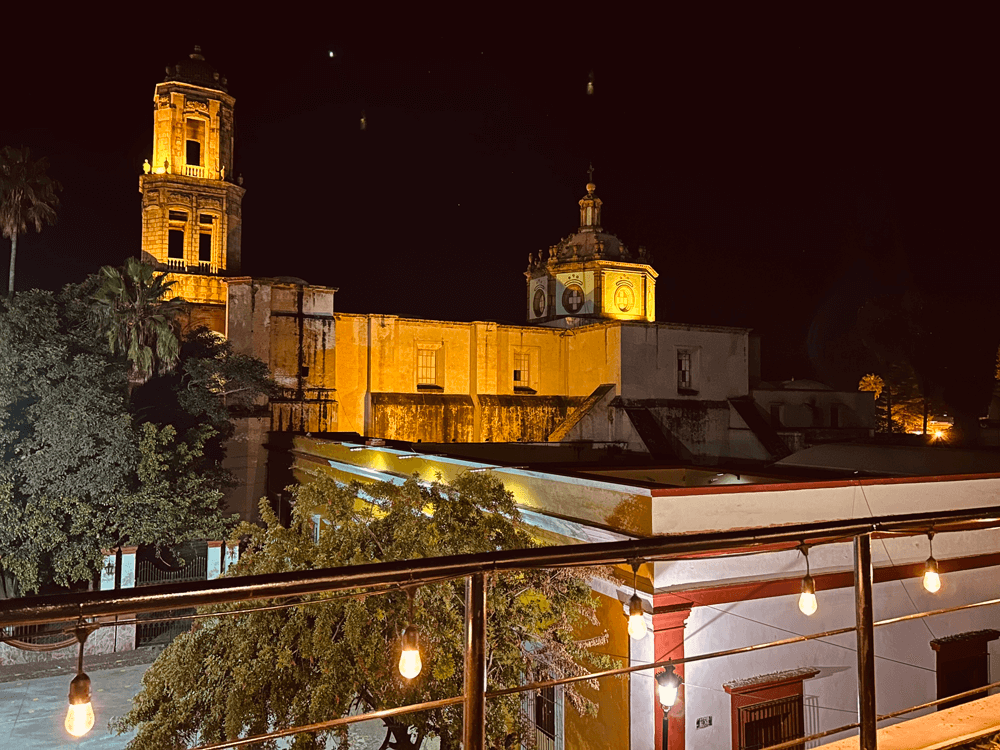
Jala. Reflective of yesteryear, the center of this sleepy, slow-paced community was reached after navigating tree-lined cobblestone streets past a variety of mom-and-pop shops to its focal point, Our Lady of the Assumption Basilica. Across an adjacent street from the massive Gothic style church –constructed with pink, green and yellow quarry stones – stood my home for the night, Nukari Quinta Boutique hotel. Described as “deeply rooted in its surroundings,” it offered 17 suites fronted by colorful tiles and columned archways that surrounded the center courtyard. Set within an 18th century mansion, the hotel was reflective of the past.
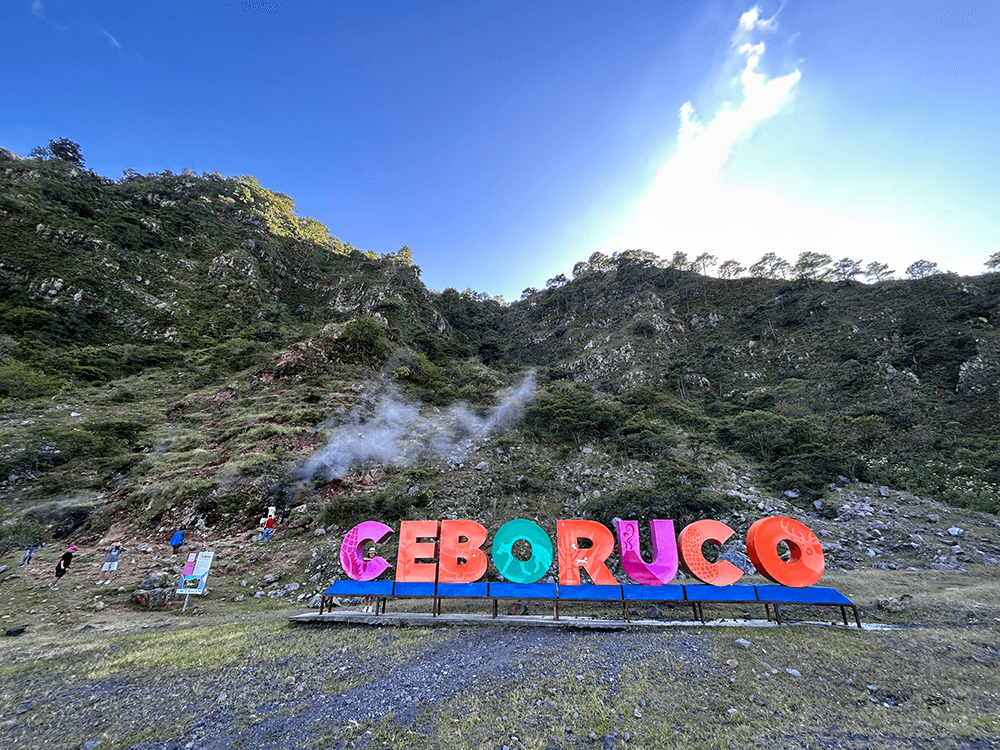
Located at the base of the Ceboruco Volcano, 7,480 feet above sea level, a visit from Jala was as easy as following Calle Hidalgo from the town square to the promontory’s top. Considered one of the country’s significant natural attractions, evidence of the volcano’s “active” designation was found at a midway point. Identified by colorful, over-sized block letters of its name – C-E-B-O-R-U-C-O – from there it was possible to view steam coming from its vents. Tip: Take care when nearing the condensation as the temp unexpectedly increases exponentially.
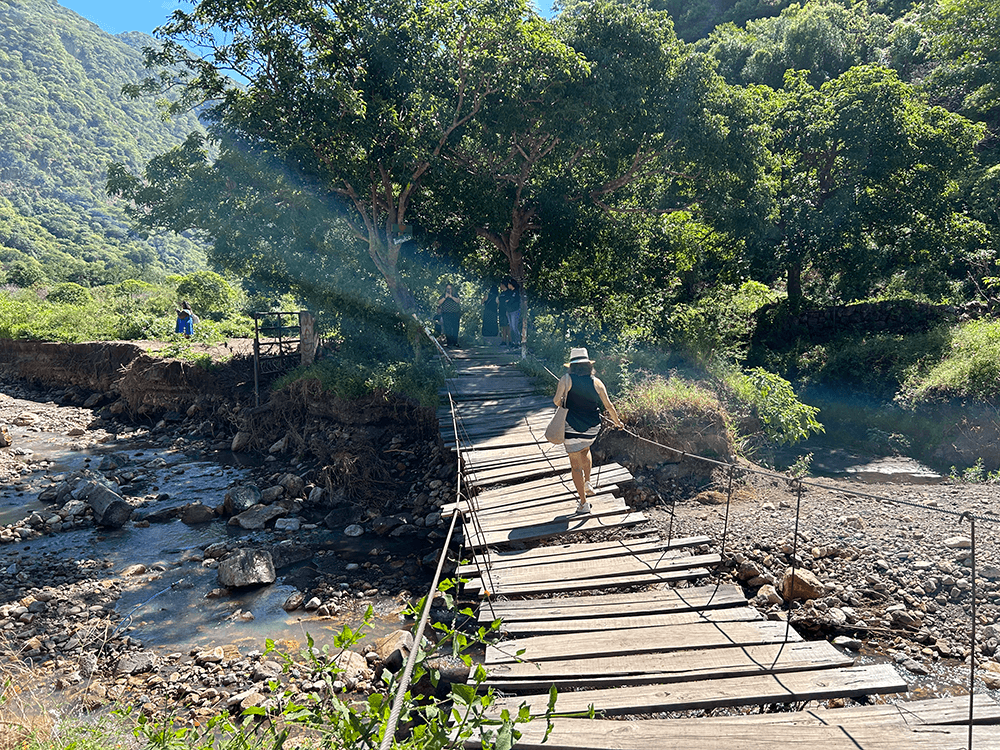
Traveling from Jala toward the opposite direction revealed another phenomenon – El Salto Waterfall, a 100-foot-high cascade down a cliffside into a shallow pool. Reached at the end of an easy path from a suspension bridge, balancing from rock to rock across a creek, it was a 20-minute walk to the falls for unlimited minutes of swim.
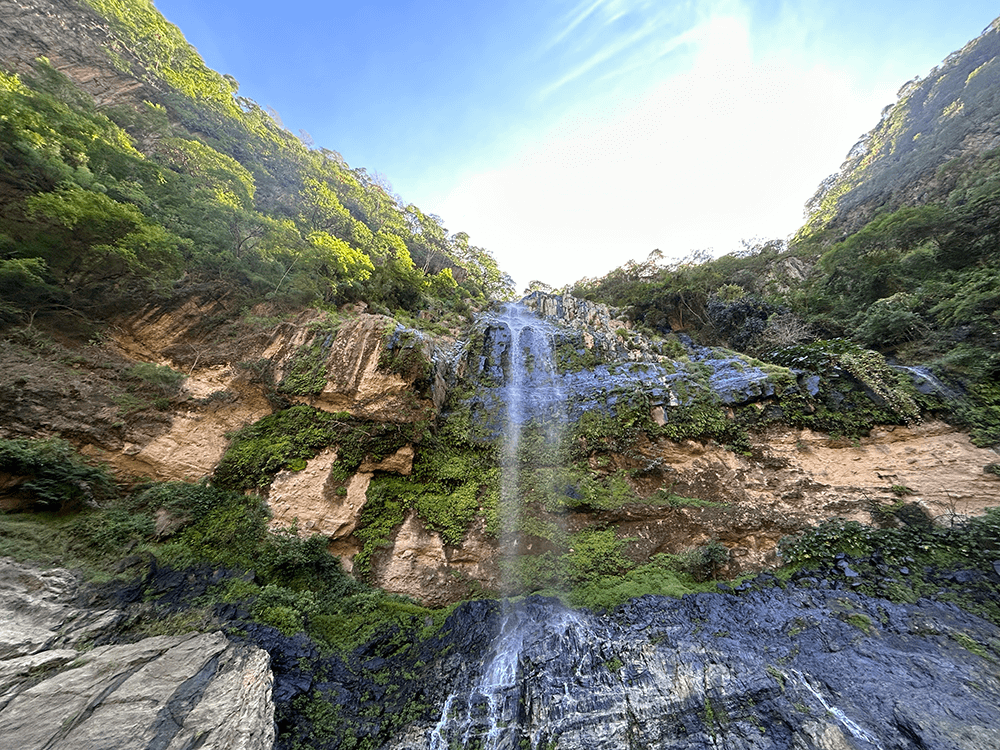
San Francisco. After an hour-and-a-half drive toward the coast past fields of agave, the unassuming Bohemian village known by its nickname, San Pancho, was near. Surrounded by mountains, ungle and the coastline of Riviera Nayarit, a stroll along its main street, Avenida Tercer Mundo, revealed a laid-back Mexican town, coupled with the typical tourist lures of boutiques, beaches and bars.
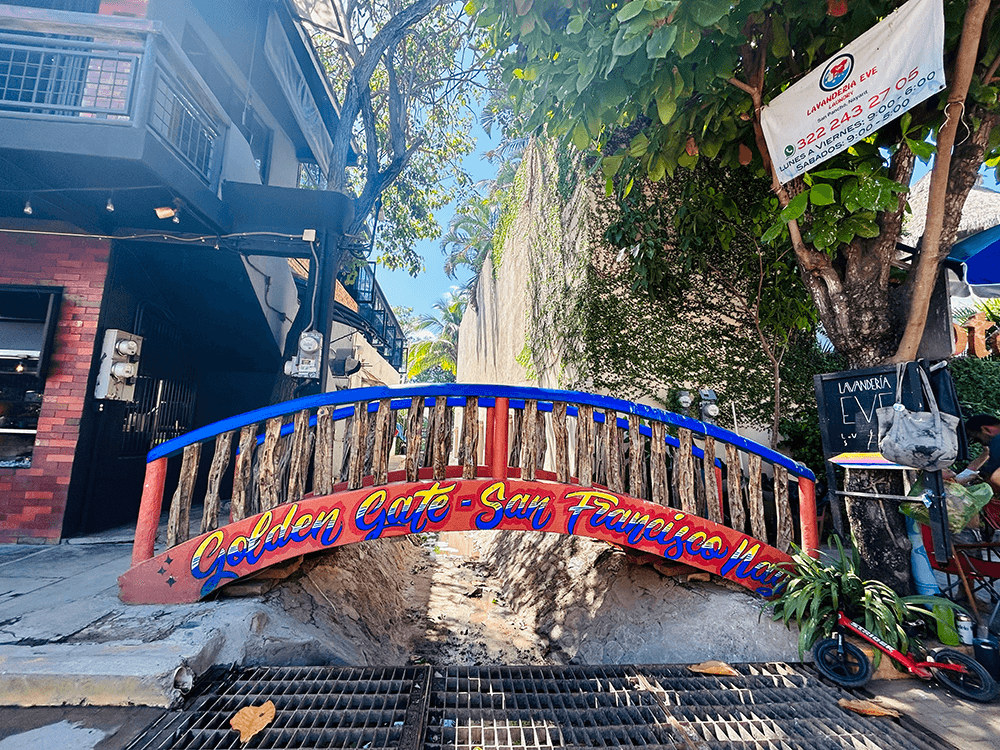
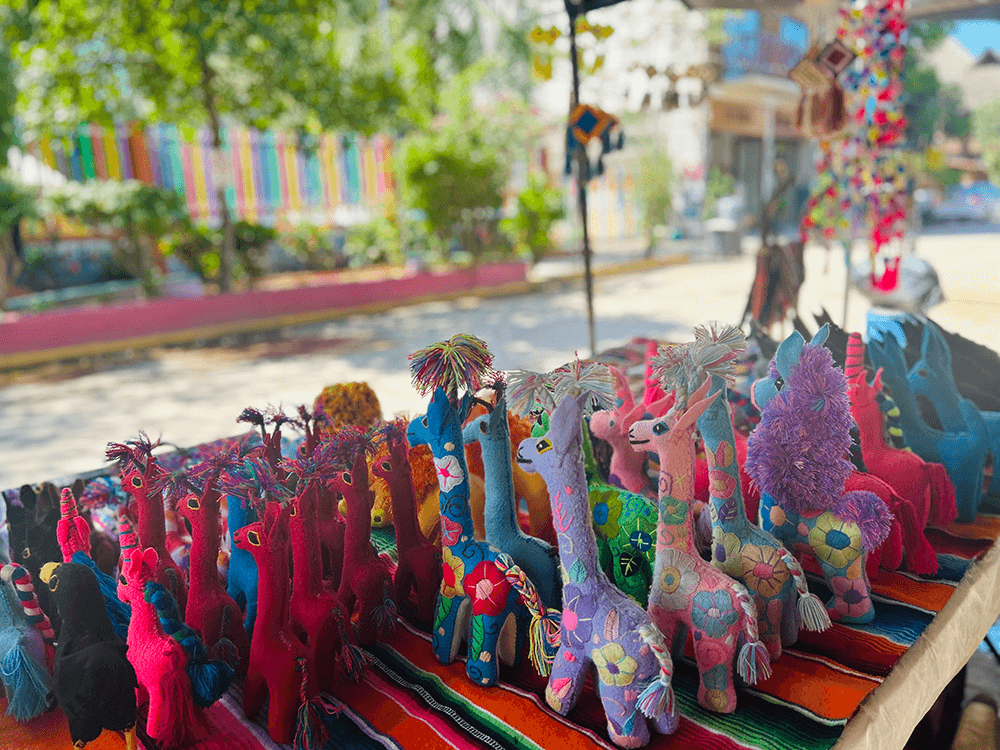
Sayulita – Though a mere 10 minutes away, San Pancho’s neighbor to the south was a bit more on the map– more known, more lively, more crowded. Described as a hippie-chic surf town, it attracted free-spirited travelers, avid surfers and wellness enthusiasts. Like most, I headed to Sayulita Plaza in the heart of town for its market (featuring Huichol intricate beadwork) and walked along Calle Marlin toward the sea where I dined with the multitudes at beachfront Don Pedro, known for its fresh, three-tiered seafood tower. Tip: To experience back-in-the-day’s Sayulita, one should venture from this well-worn tourist path onto the town’s side streets in discovery of lesser known, equally tasty eateries interspersed with inexpensive shopping.
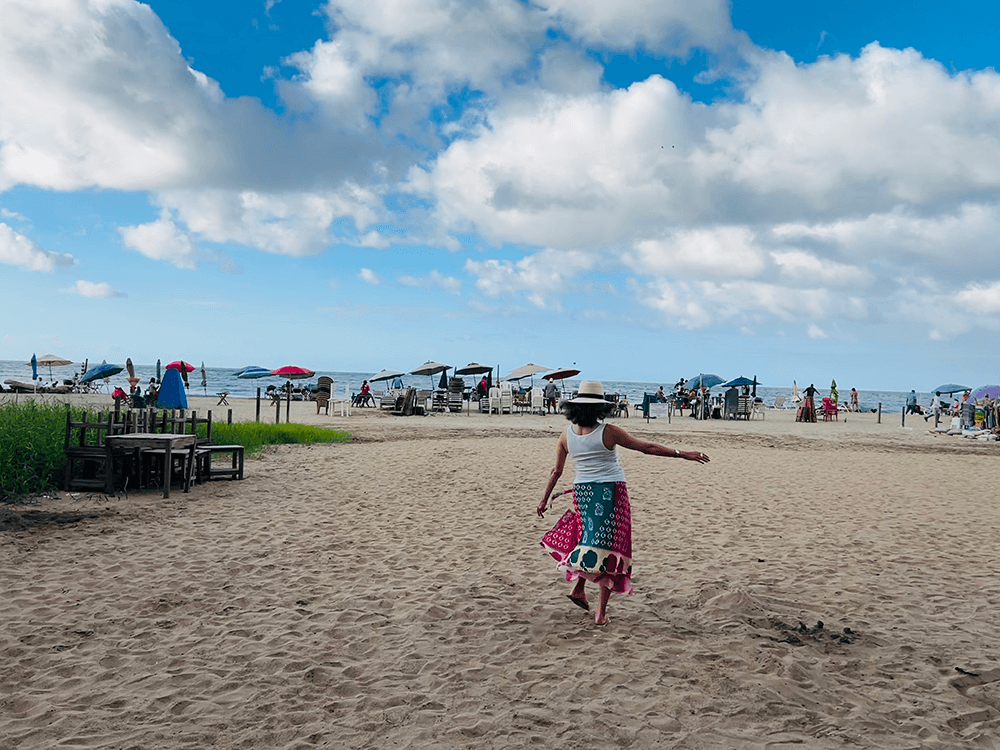
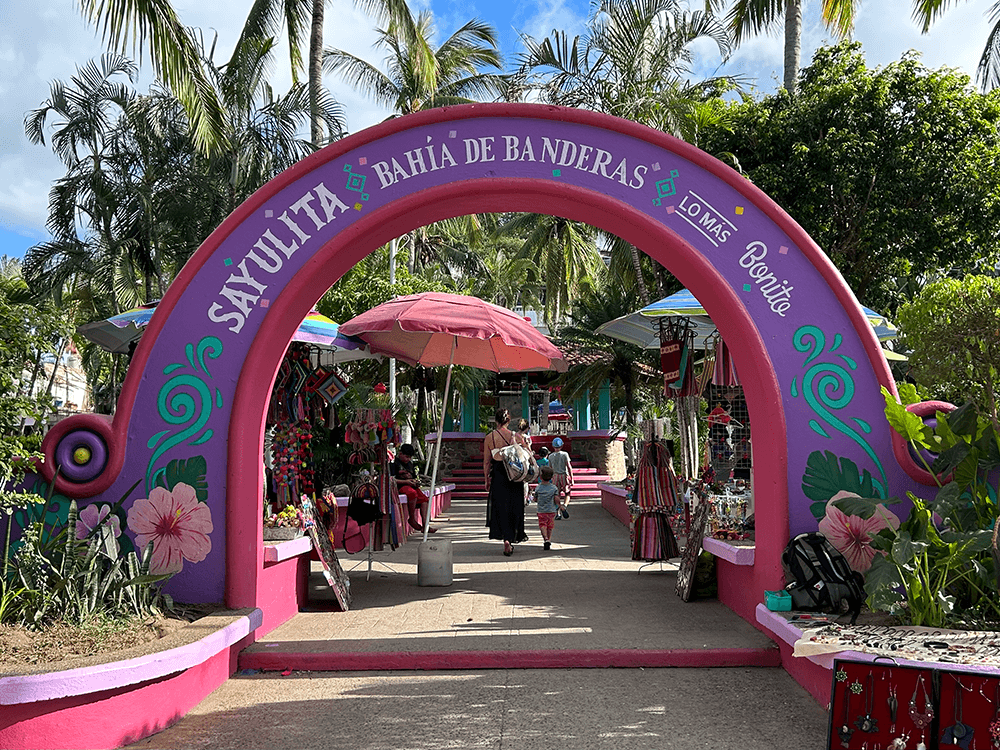

Riviera Nayarit. At the opposite end of the accommodation spectrum was Hotel Vidanta. It was massive – a 20-minute drive from the highway to the property, and the door of Grand Luxxe (one of Vidanta’s five hotels). A AAA Five-Diamond property with more than 2,500 acres, it offered 15 outdoor pools, three golf courses, 30+ restaurants (bars and cafes), music venues, spas, a private beach, and the world’s first gondola which connects the resort with BON Luxury Theme Park (a one-of-a-kind amusement center).
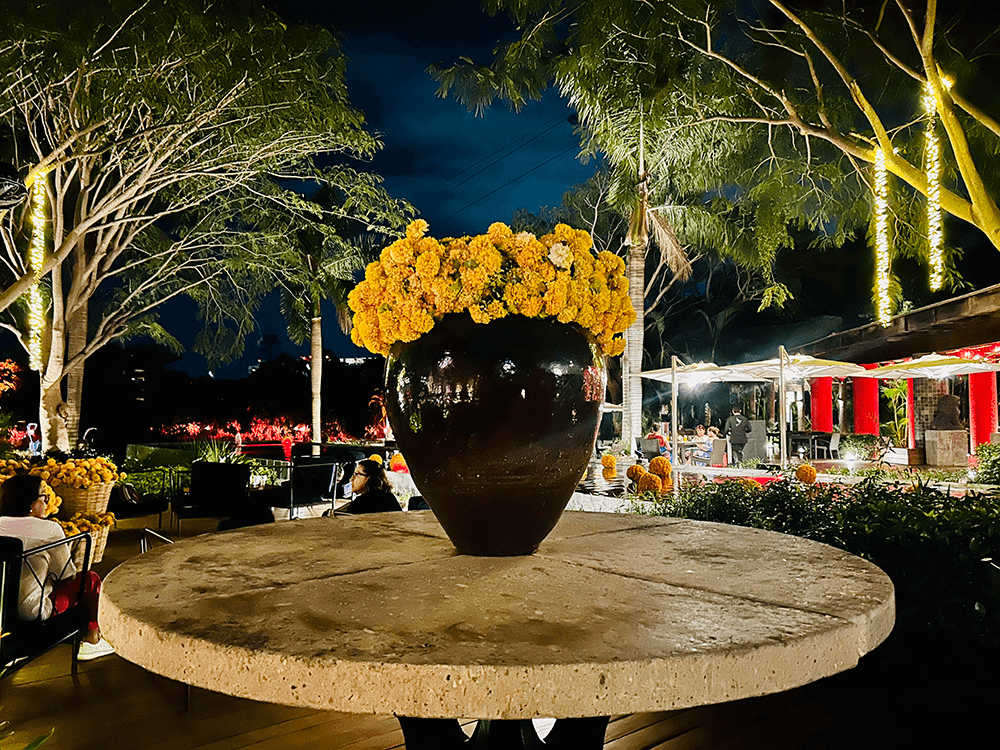
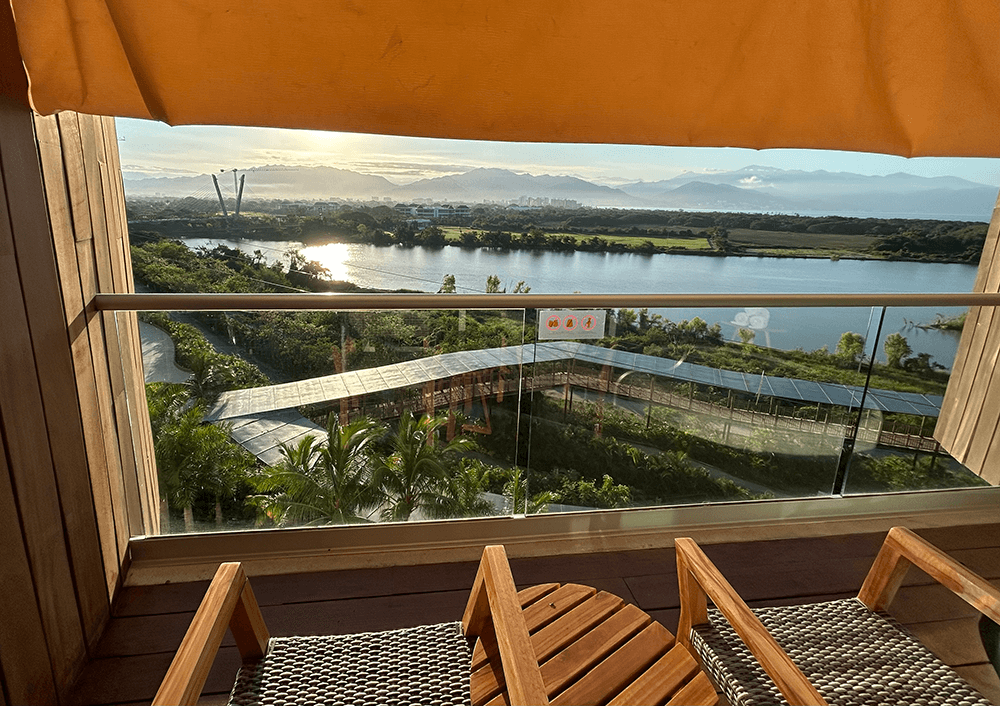
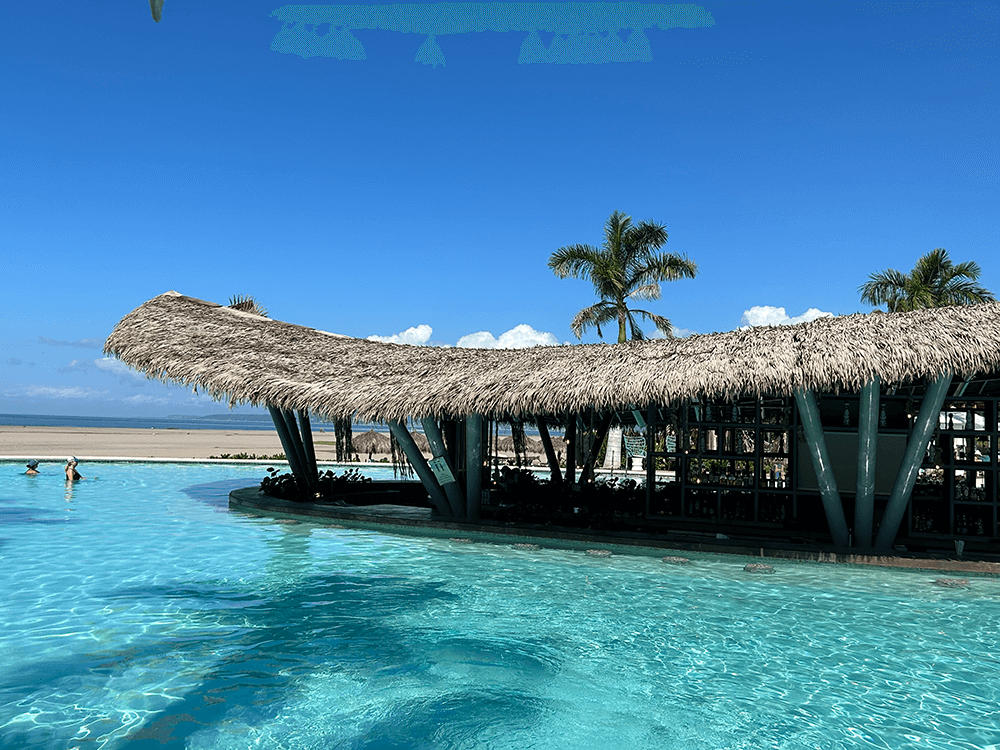

Verdict. The connection from the San Diego/Tijuana border to the interior of Mexico – its distinctive Old World offerings and 21st-century enhancements – proved seamless.
In the words of my state’s former governor, “I’ll be back.”
And in my own words, “It was easy.”

